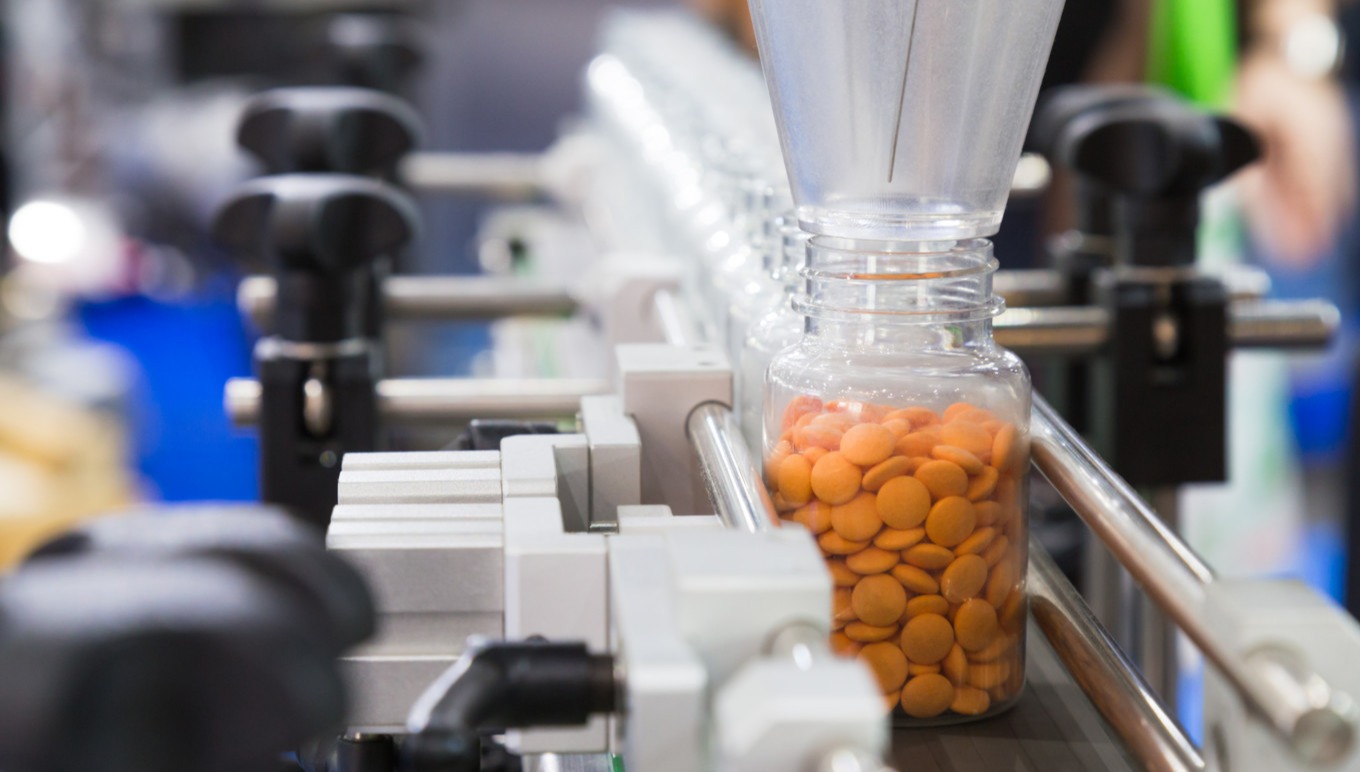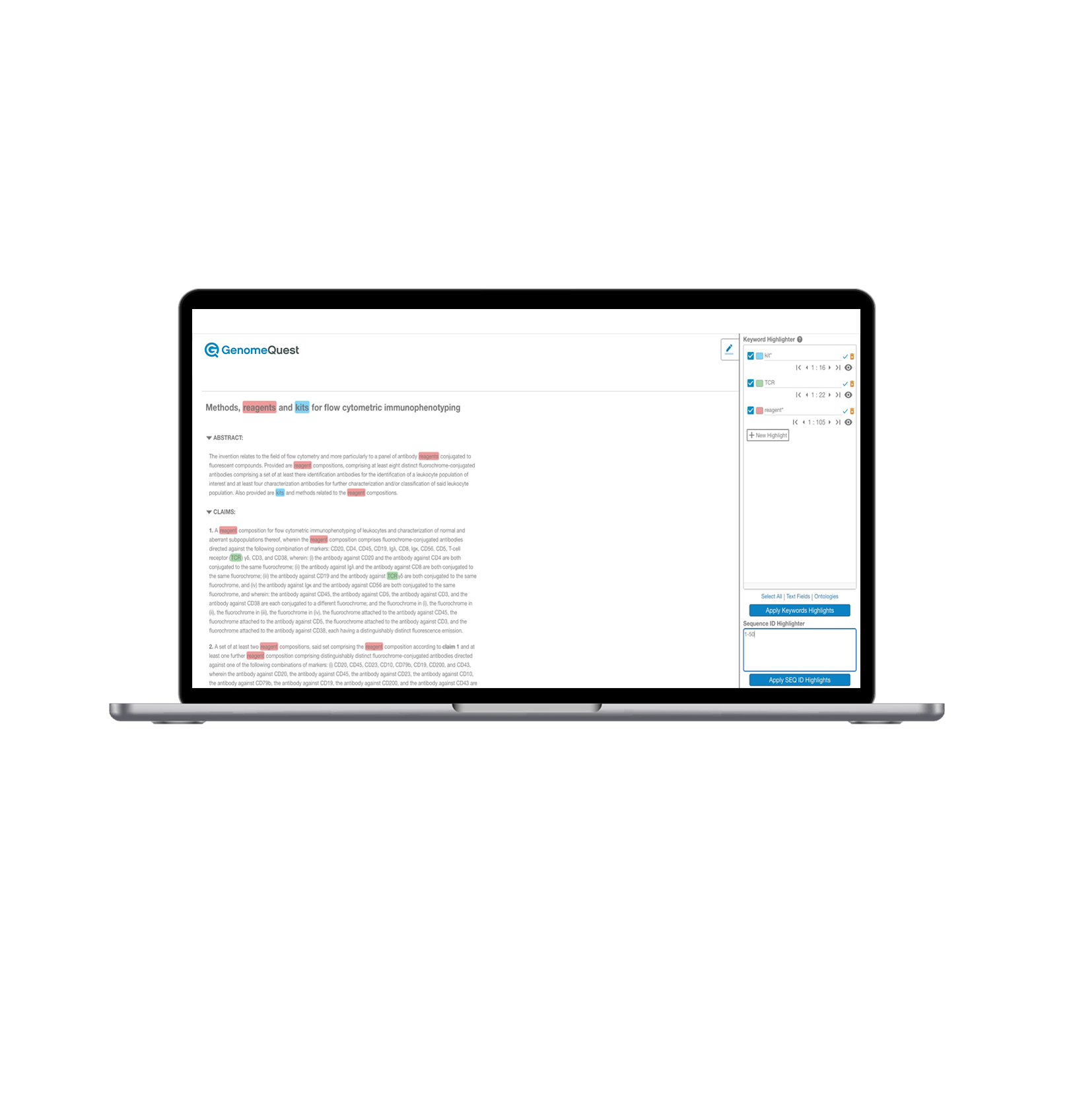The Evolution of Patentable Subject Matter Eligibility
The Evolution of Patentable Subject Matter Eligibility
The Evolution of Patentable Subject Matter Eligibility
May 18, 2017
 Aptean Staff Writer
Aptean Staff Writer 
We are very happy to extend a warm welcome to Camile Semighini Grubor, PhD, our guest blogger who will be contributing her thoughts through a series of blogs based on her experience as a Patent Scientist.
Patentable subject matter is defined in the 35 U.S.C. § 101 as: “any new and useful process, machine, manufacture, or composition of matter”, with the exception that the claimed invention not include laws of nature, natural phenomenon (product of nature) or abstract ideas. In 1980, the legendary U.S. Supreme Court decision in Diamond v. Chakrabarty ruled that “Congress intended statutory subject matter to include anything under the sun that is made by man”. As technology, particularly biotechnology, has rapidly evolved, the eligibility of patentable subject matter has also been changed by recent court decisions. Such decisions affect many different industries, but the greatest impact will arguably be in the biotechnology sector.
During the past five years, three key U.S. Supreme Court decisions have examined the issue of patent-eligible subject matter. In 2012, in Mayo Collaborative Serv. v. Prometheus Labs. (“Mayo”), the U.S. Supreme Court unanimously ruled that the correlation between drug metabolite levels and the toxicity/efficacy of the drug is a law of nature or natural phenomenon that is not eligible for patent protection. Shortly thereafter in 2013, the U.S. Supreme Court further held in the Association for Molecular Pathology v. Myriad Genetics (“Myriad”) that a naturally occurring DNA segment is a product of nature even when isolated from an organism’s genome and are, therefore, patent-ineligible subject matter. Finally, in 2014, the patented technology under dispute in Alice Corp. Pty. Ltd. v. CLS Bank International (“Alice”) was a method for exchanging financial obligations; a computer used to perform the method and software designed to cause the computer to perform the method. In Alice, the U.S. Supreme Court ruled the technology to be patent-ineligible subject matter because it was merely an abstract idea implemented using a generic computer system and software.
While the relevance of Alice to the biotechnology industry may not be immediately evident, it has been cited in a Federal Circuit case that invalidated other Myriad genetic testing patents. Such patents claimed the sequence of PCR primers designed from genomic DNA and methods for comparing mutated DNA sequence of patients to the normally occurring (reference) sequences. The court cited Myriad in its finding that primers are patent-ineligible subject matter because they are isolated, naturally occurring DNA segments. It then relied on Alice to invalidate the method claims as the court considered the comparison of a patient’s DNA to a reference sequence to be an abstract mental step.
Because these rulings have created significant uncertainty for patent practitioners and examiners, the USPTO has issued several guidelines for determining patent-eligible subject matters. The latest is the 2014 Interim Guidance on Patent Subject Matter Eligibility (“Interim Guidance”), which provides useful instructions on how to obtain claims for nature-based products, diagnostics and computer-implemented methods in view of Mayo, Myriad, and Alice.
The full impact of the shifting landscape of patentable subject matter will ultimately depend on how the USPTO and the courts will interpret Mayo, Myriad, and Alice. There is a broad concern within the biotechnology sector that their patented inventions may now become ineligible. For example, pharmaceutical companies might have their patents regarding antibodies, vaccines, naturally derived antibiotics and therapeutic compounds invalidated. Biomedical companies may have difficulties patenting novel diagnostic tests using naturally occurring genetic sequences. AgBiotech companies might not be able to protect naturally occurring promoters and terminators as they once did. Sequence-based claims including the same nucleotide sequence as the natural promoters and terminators would not be valid anymore. Such sequences can only be protected when the claim is to their use in a heterologous construct or genetically modified organism that do not exist in nature.
On the plus side, these are very exciting times for patent practitioners in the biotechnology industry, especially in the area of sequence. Patent law is changing rapidly, and an astute, well-informed practitioner may have great impact on the future of sequence intellectual property (IP). Diamond v. Chakrabarty was indeed a landmark case, opening the way for biosequence patents. Additional cases have refocused the concept, but biotechnology is a rapidly evolving field, with case law not far behind.
There is a tremendous body of art in the area of biosequence. Our GQ-Pat database is rapidly approaching 400 MILLION sequences (now over 500 million in 2022), showing the energy and money put into developing this area of IP. Now is the time to consider new, creative ways of establishing realms of patentability for sequences touched by the “hand of man”.
With its extensive data coverage (over 500 million sequences), powerful search tools and user-friendly functionality, Aptean GenomeQuest is the obvious choice for searching the entire sequence domain, both patent and non-patent.
Avoid the pitfalls of using free solutions for IP sequence searching. Download our RFP template or start a free trial today!
Ready for Your IP Sequence Search Solution
Use our free request for proposal (RFP) template to identify the right IP sequence search solution for your business.



